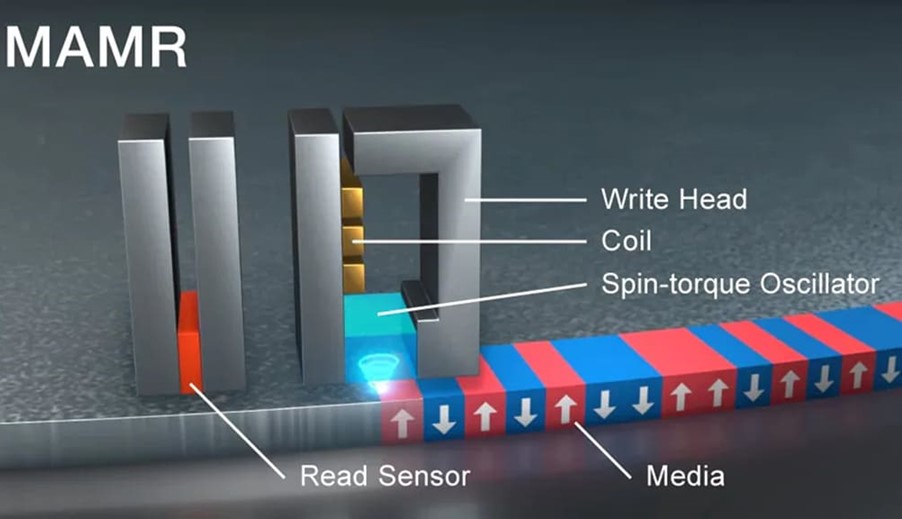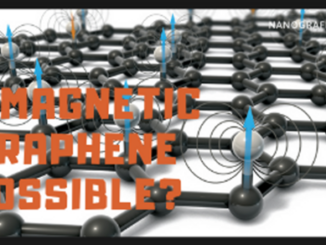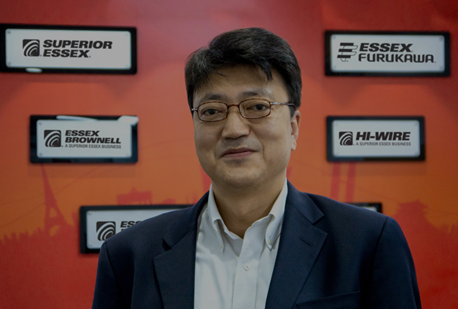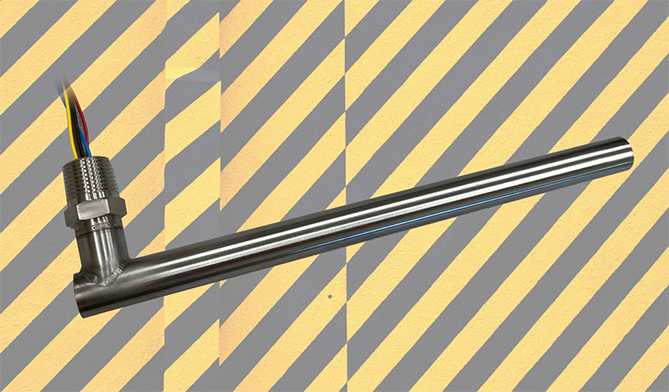
Using the ferromagnetic resonance effect, a three-way collaboration between TDK, Toshiba and Showa Denko are breaking data storage barriers with a new magnetic media system. TDK announced January 7 that it has successfully shipped prototype heads with next generation recording technology, MAS-MAMR, which is co-developed with Toshiba Corporate R&D Center and Toshiba Electric Devices & Storage Corporation. Showa Denko produced the media in a three-way collaboration geared towards advancing hard disk drive (HDD) capacity in the marketplace.
TDK earlier introduced the industry’s first spin torque element-based recording technology into Toshiba’s 18TB HDD, which started production in 2021. MAS-MAMR would constitute the second-generation spin torque assisted head for the recording industry, which is aimed for more than 24 terabyte hard disk drive capability.
It utilizes the ferromagnetic coupled resonance effect from twin spin torque element layers inside the write head acting on the media recording layer, referred to as the MAS effect. In collaboration with Toshiba and SDK, TDK has demonstrated that the write-ability can be significantly improved. TDK has been studying the optimal twin element structure that can be fitted into the write gap for MAS-MAMR and expects that this technology can be extended up to 30 terabyte HDDs.
According to Wikipedia, ferromagnetic resonance is coupling between an electromagnetic wave and the magnetization of a medium through which it passes. This coupling induces a significant loss of power of the wave. The power is absorbed by the precessing magnetization (Larmor precession) of the material and lost as heat.
MAMR stands for Microwave Assisted Magnetic Recording while MAS-MAM denotes Microwave Assisted Switching Microwave Assisted Magnetic Recording. The spin torque element is a ferrite magnetic layer that responds to spin polarized current. For more info, see www.tdk.com.



